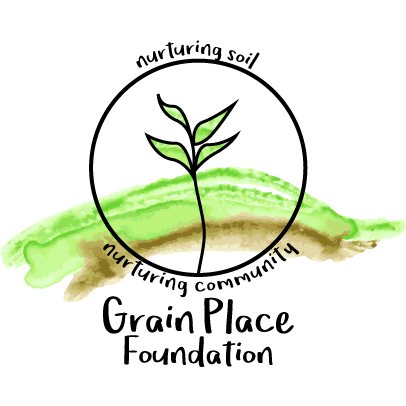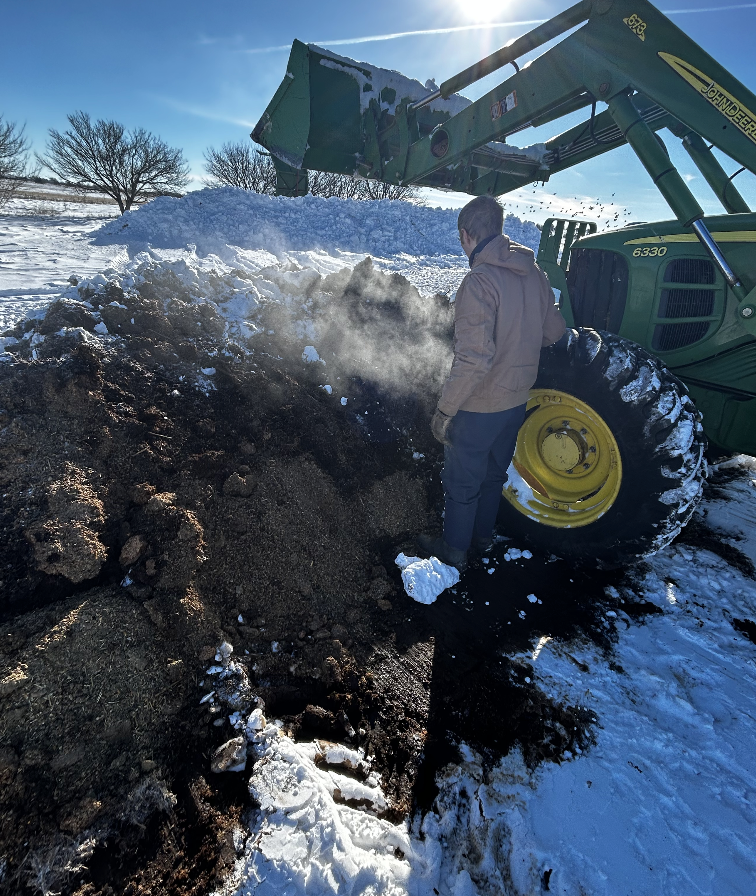
Hi there!
This is Isaac back with another blog, taking you through the highlights of week three in my internship at the Grain Place. As I am writing this, it is Monday and temperatures have risen from below zero all the way to around 30 the past couple of days. That said, the majority of last week was still fraught with freezing temperatures and snow drifting across the farm. This meant that providing animal bedding, moving snow, and ensuring flowing water were significant focuses again throughout the week.
On Friday, we received a fresh pallet of soy hulls from the Grain Place Foods facility. As I mentioned in last week’s blog, these hulls can be used as a dietary supplement for the cattle, helping them stay warm. With significant quantities of protein and unlignified fiber – making them easily digestible for ruminants – this byproduct of the processing operation works to supplement the cattle’s food supply. The soy hulls are also a treat for them, and there is much excitement in the corral when I come around with the blue bucket every morning.
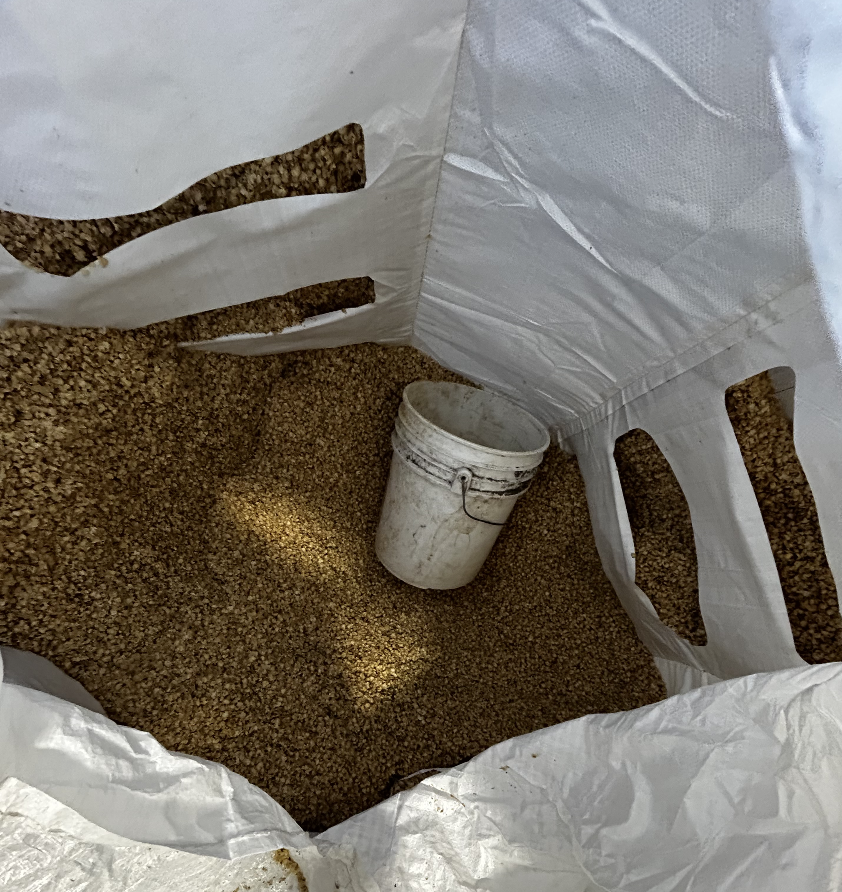
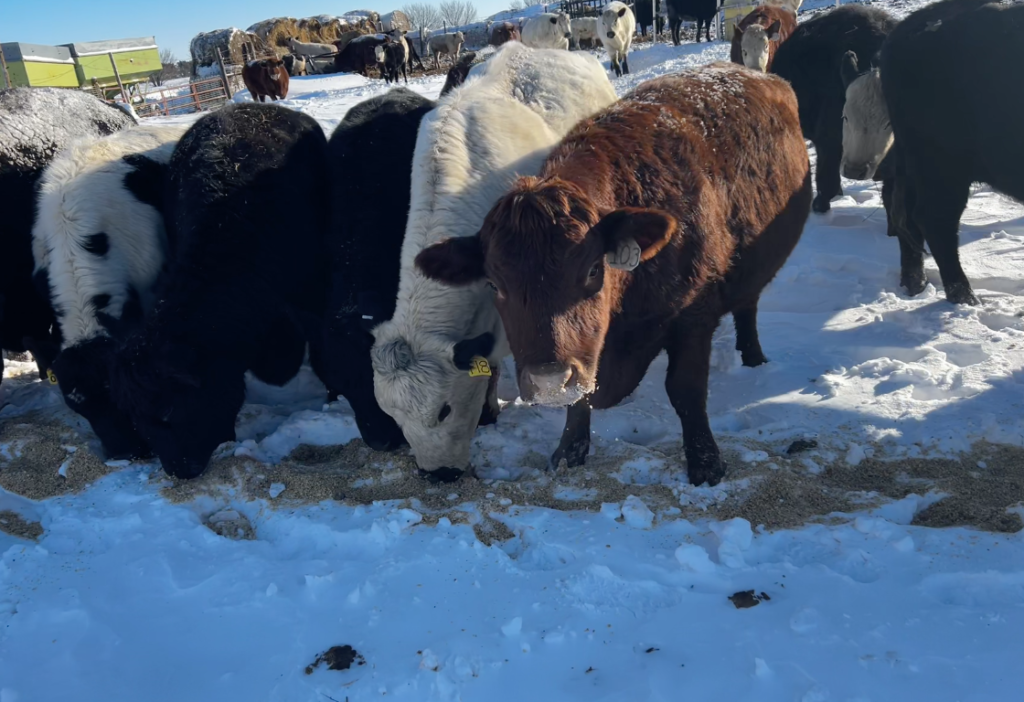
In addition to the general livestock chores, I was able to help out with the compost operation this week. Compost is something I am very interested in given its ability to transform organic material from waste into a valuable product. Here at the Grain Place, the compost material consists of animal manure mixed with straw or hay from the animal corrals and other screenings or trimmings from Grain Place Foods. The compost piles are currently in the form of three large windows that are turned with the bucket of the tractor.
Coming to the farm, one of the skills I had hoped to develop was experience operating a tractor. Understanding and being able to operate a tractor is of critical importance for almost any farm operation. Before my time at the Grain Place, I had very limited opportunities to hone these skills, and so I have been eager to learn and operate the tractors here anytime I get the chance. With my interest in compost as well, I was able to spend almost the entire day Wednesday using the tractor to work on the compost piles.
As you can see in the pictures below, the freshest pile (on the left) is significantly different from the oldest of the three piles (on the right). Not only in texture, color, decomposition, heat production – but also in terms of smell. Many people assume that the composting process in general emits foul odors, when in reality, this odor is the product of ammonia volatilization which should not be present in properly managed systems. Ammonia volatilization describes the process wherein Nitrogen is converted into gaseous ammonia which travels into the atmosphere. This typically occurs when Nitrogen is in the form of volatile urea (found in manure), especially when it is near the surface of soil. Since we are composting with manures here at the Grain Place, balancing the C:N ratio, aerating, and covering the decomposing material are the main strategies used to prevent the aforementioned volatilization.

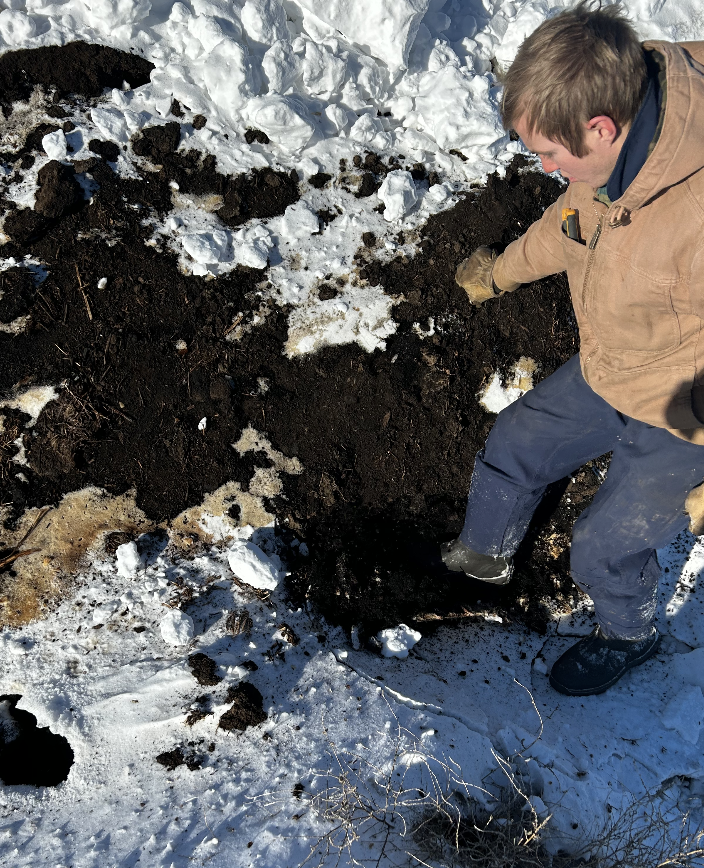
After looking through the freshest pile once on Wednesday morning, it became apparent that there was too much Nitrogen from the smell. In order to remedy that, I spent the day turning the pile with the tractor to aerate it before incorporating more carbon in the form of unusable old hay. The picture below (on the left) shows the results of this work. Another important factor to consider when composting is achieving the right moisture levels to allow for proper microbial decomposition. In order to add moisture to the compost, the piles here are periodically covered with snow that has been moved from the driveway and parking lot of the Grain Place Foods plant. This snow quickly melts due to the heat from the pile and serves to simultaneously utilize another “waste” stream in the form of excess snow. Given that I was working with the compost on Wednesday and the farm was predicted to receive snow on Thursday, this step was completed for me (pictured on the right).
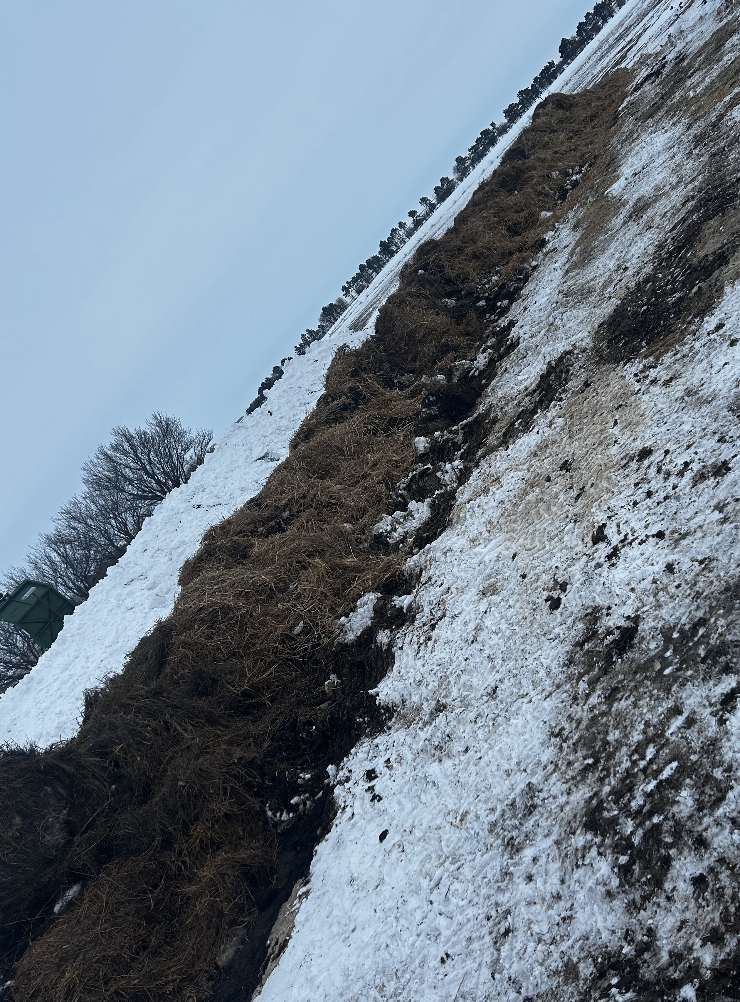
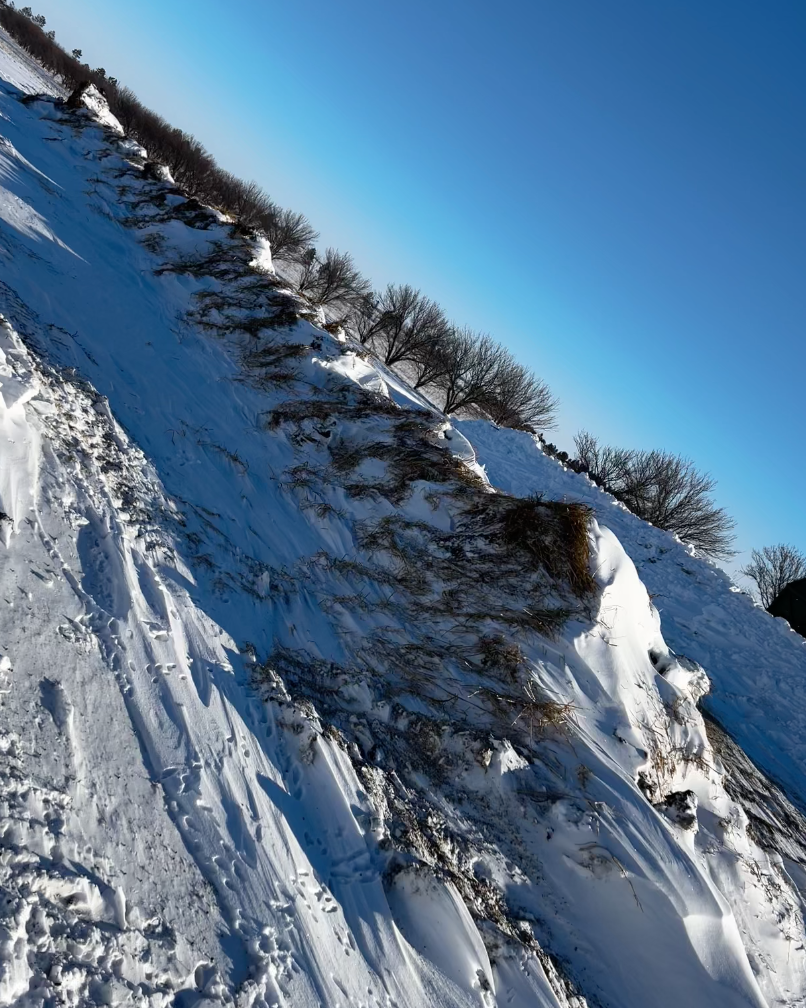
As well as working with the livestock and compost, I continued to work through my online class in my downtime this week. The focus of this week’s module has been learning about landscape design and water movement whilst next week is centered around incorporating agroforestry and tree plantings within a farm. There are many parallels between that learning and my daily work/thinking on the farm and I hope to continue connecting the two.
On Sunday, I was able to get breakfast with David Vetter at Tommy’s restaurant in Grand Island. While enjoying good food, we talked about the past, present, and future of the Grain Place farm and generally discussed other interesting topics in agriculture and food systems. Dave is such a great resource and I thoroughly enjoyed getting to share a meal and some time with him. Next week, I will be attending the NSAS (Nebraska Sustainable Agriculture Society) conference in Columbus, NE. I am excited to hear the panelists and get a chance to meet like-minded folks doing cool work. That just about wraps up the highlights of the week and I look forward to bringing you more next week!
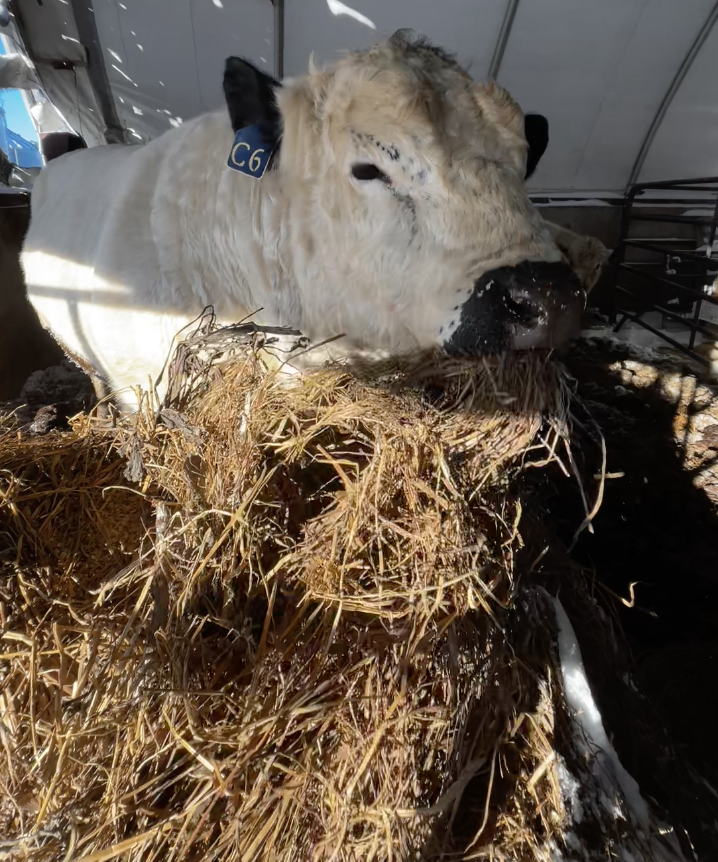
Our Pilot Internship Program is supported through the United States Department of Agriculture (USDA) Transition to Organic Partnership Program (TOPP). TOPP is a program of the USDA Organic Transition Initiative and is administered by the USDA Agricultural Marketing Service (AMS) National Organic Program (NOP)

